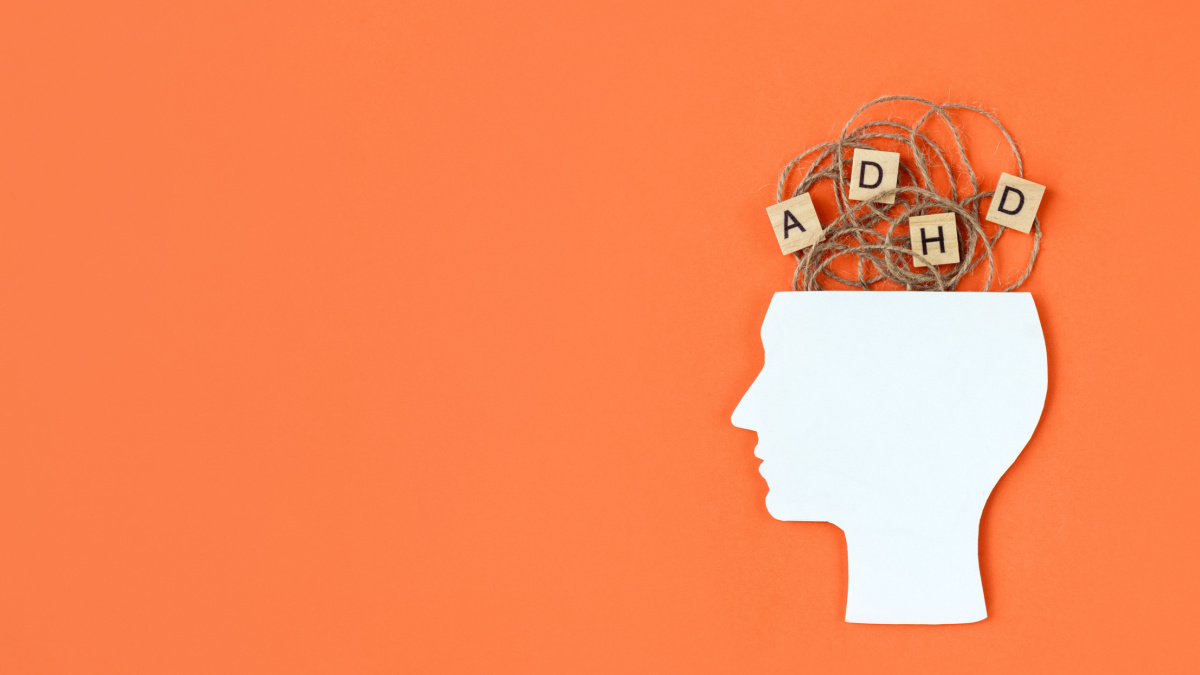Combined Type ADHD is a subtype of attention deficit hyperactivity disorder (ADHD) that is characterized by a combination of symptoms related to inattention, hyperactivity, and impulsivity. Understanding the symptoms of Combined Type ADHD is crucial in identifying the disorder and seeking appropriate treatment.
The symptoms of Combined Type ADHD include difficulty sustaining attention, forgetfulness, disorganization, excessive talking, fidgeting, restlessness, and impulsivity. Individuals with this subtype of ADHD may also struggle with time management, completing tasks, and following through on instructions. These symptoms can significantly impact academic, social, and occupational functioning. If you know someone or anyone in your family with Combined Type ADHD, you must ensure they get proper help from professionals. This will help develop an individualized treatment plan that can address its symptoms.
Causes and Risk Factors of Combined Type ADHD
Combined Type ADHD is a neurodevelopmental disorder that affects millions of children and adults worldwide. The causes of this condition are not entirely understood, but research suggests that it may be caused by a combination of genetic, environmental, and neurological factors. Studies have shown that children with a family history of ADHD are more likely to develop the condition themselves, and certain genes have been linked to an increased risk of ADHD. Environmental factors, such as exposure to toxins during pregnancy or early childhood, may also play a role in the development of Combined Type ADHD.
Other risk factors for Combined Type ADHD include premature birth, low birth weight, and prenatal exposure to alcohol or tobacco. Children who experience chronic stress or trauma may also be more likely to develop ADHD symptoms. Additionally, certain neurological differences, such as differences in brain structure or neurotransmitter activity, may contribute to the development of ADHD. Understanding the causes and risk factors of Combined Type ADHD can help parents, educators, and healthcare providers identify and treat the condition more effectively.
Diagnosis and Treatment Options for Combined Type ADHD
Diagnosis of Combined Type ADHD involves a thorough evaluation by a healthcare professional, including a review of medical history, symptoms, and behavior. The evaluation may also include psychological testing, behavioral assessments, and input from family members or teachers. Treatment options for Combined Type ADHD may include medication, behavioral therapy, or a combination of both.
Medications such as stimulants or non-stimulants can help improve symptoms of inattention and hyperactivity/impulsivity. Behavioral therapy can also help individuals with Combined Type ADHD learn coping strategies, organizational skills, and social skills to improve their daily functioning. It is important for individuals with Combined Type ADHD to work closely with their healthcare provider to find the best treatment plan for their individual needs.
Coping Strategies for Individuals with Combined Type ADHD
Individuals with combined type ADHD may face a variety of challenges in their daily lives, including difficulties with attention, impulsivity, and hyperactivity. Coping strategies can be helpful in managing these symptoms and improving overall quality of life. Some effective coping strategies for individuals with combined type ADHD may include setting clear goals and priorities, breaking tasks down into smaller, more manageable steps, and using visual aids or reminders to stay on track.
It may also be helpful to establish a routine or schedule for daily activities, and to practice mindfulness or relaxation techniques to reduce stress and anxiety. With the right coping strategies and support, individuals with combined type ADHD can learn to manage their symptoms and achieve their goals.
The Impact of Combined Type ADHD on Daily Life
The impact of Combined Type ADHD on daily life can be significant, as it can affect a person’s ability to focus, organize, plan, and complete tasks. It can also lead to difficulties in social situations, as individuals with Combined Type ADHD may struggle with impulse control and have a tendency to interrupt others.
Furthermore, Combined Type ADHD can impact an individual’s academic and professional success. It can lead to poor academic performance, difficulty completing tasks on time, and challenges in the workplace. However, with proper diagnosis and treatment, individuals with Combined Type ADHD can learn strategies to manage their symptoms and improve their quality of life. You must seek professional help if you suspect you or a loved one may have Combined Type ADHD.
Supporting a Loved One with Combined Type ADHD
Supporting a loved one with combined type ADHD can be a challenging task, but it is also incredibly important. It’s essential to understand that ADHD is a neurodevelopmental disorder that affects individuals in different ways. Some people may struggle with hyperactivity, while others may have difficulty with inattention and impulsivity. Combined type ADHD is a unique subtype that includes symptoms of both hyperactivity and inattention, which can make it particularly challenging to manage.
To support someone with combined type ADHD, it’s important to be patient and understanding. It’s also crucial to educate yourself about the disorder and its symptoms, as this can help you better understand your loved one’s experiences. Encouraging open communication and providing a supportive environment can also be beneficial. Additionally, seeking professional help, such as therapy or medication, can be helpful in managing symptoms and improving overall quality of life.
Myths and Misconceptions about Combined Type ADHD
There are many myths and misconceptions surrounding Combined Type ADHD that can lead to misunderstanding and stigma. One common myth is that people with ADHD are inherently lazy or unmotivated. This could not be further from the truth, as individuals with ADHD often struggle with executive functioning skills such as planning, organization, and time management. Another misconception is that ADHD only affects children, when in fact it can persist into adulthood and cause significant impairment in daily life.
It is important to dispel these myths and educate ourselves about the realities of Combined Type ADHD. By understanding the challenges faced by individuals with ADHD, we can provide them with the support and accommodations they need to succeed. This includes recognizing their strengths and abilities, rather than focusing solely on their difficulties. With proper treatment and understanding, individuals with Combined Type ADHD can thrive and reach their full potential.
Living a Fulfilling Life with Combined Type ADHD
Living a fulfilling life with combined type ADHD is possible with the right strategies and support. It is important to understand the unique challenges and strengths associated with this type of ADHD and to develop a personalized plan for managing symptoms.
This may include medication, therapy, lifestyle changes, and accommodations in various areas of life such as work or school. By embracing one’s strengths, setting realistic goals, and seeking out support from loved ones and professionals, individuals with combined type ADHD can lead happy, successful lives. It is important to remember that everyone’s journey with ADHD is different, and what works for one person may not work for another. However, with persistence and a positive attitude, it is possible to thrive with combined type ADHD.









